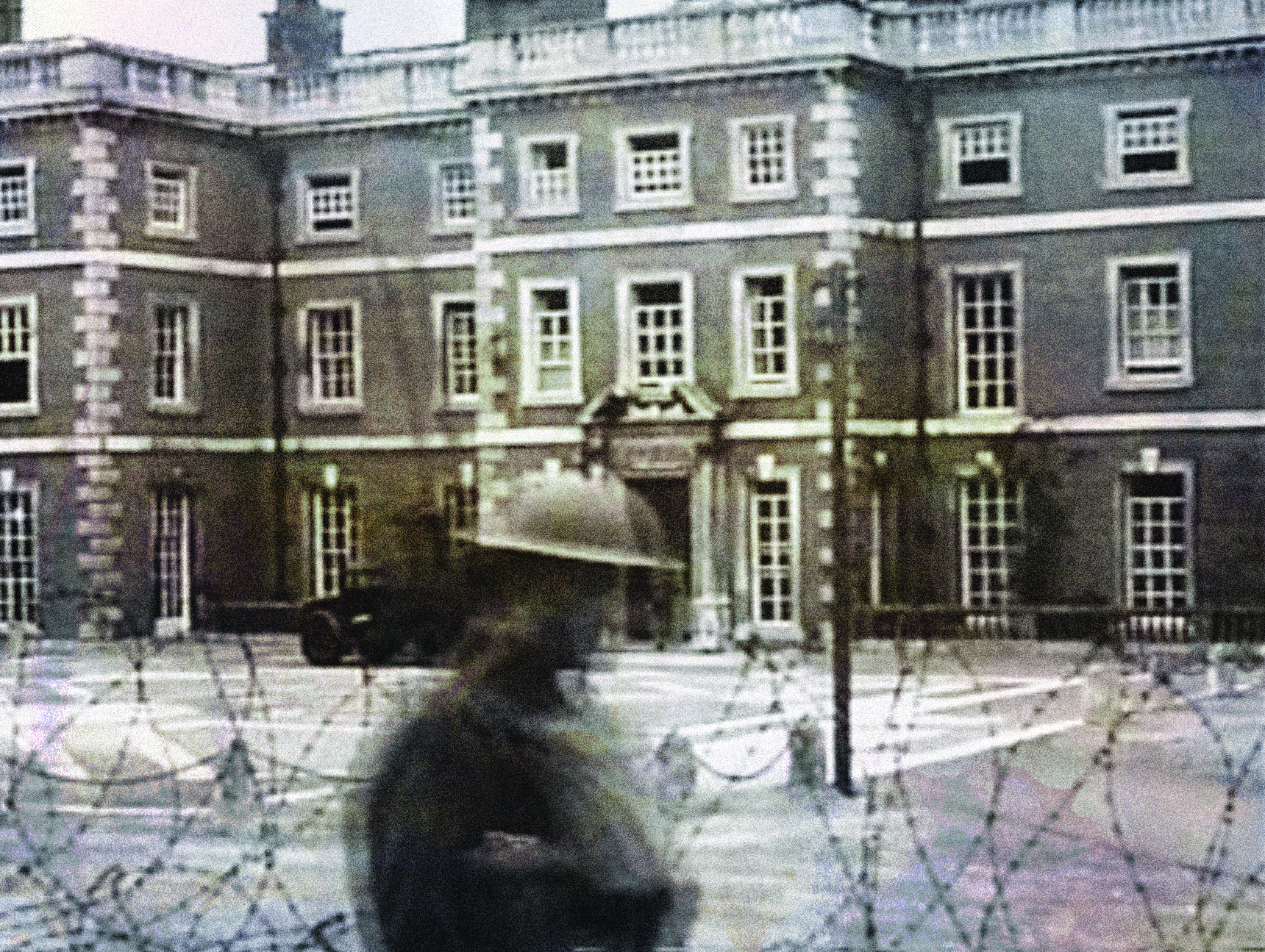Historian Helen Fry’s book takes readers behind the scenes (and walls) of one of World War II’s most secretive intelligence operations.
The Walls Have Ears
Helen Fry. 336 pp.
Yale University Press, 2019. $26
In the autumn of 1939, the British War Office requisitioned a large mansion in north London called Trent Park. Their reasoning was mysterious: the house was earmarked for “special purposes,” and the work undertaken there was kept strictly under wraps. No locals had any idea as to what was taking place behind its walls.
This was precisely as intended, for Trent Park was the site of one of the most secretive intelligence operations of World War II. It was to this luxurious estate that the most important of Adolf Hitler’s captured generals, along with other high-ranking prisoners of war, were brought for interrogation. Trapped in the gilded cage were figures like generals Wilhelm von Thoma and Hans-Jürgen von Arnim, apprehended in North Africa, and Dietrich von Choltitz, who surrendered in Paris. What none of these commanders knew was that the entire house was bugged—not just the interrogation rooms, but the bedrooms and living areas in which they talked among themselves when the Allied interrogation officials were off-duty. A team of secret listeners monitored every word and indiscretion, hoping that the prisoners’ private chats would divulge German military secrets.
How these eavesdroppers achieved their goal, and the role they ultimately played in the war, is the subject of British historian Helen Fry’s latest book, The Walls Have Ears. It is an astonishing account—not just because of the intelligence the listeners uncovered, but also in the manner in which it was obtained.
Trent Park was the chief project of Thomas Kendrick, who in 1939 was named head of an “M Room” unit (the “M” stood for “miked”). The soldier-spy had honed his craft working for Britain’s Secret Intelligence Service in prewar Vienna. Now, overseeing the Trent Park prisoners, Kendrick took unorthodox practices to new extremes: not only did the agent put high-ranking German prisoners through softball interrogations designed to lower their guard, he also wined and dined them in luxurious surroundings, including supervised day trips to Harrods and the Savoy Hotel in London. He hoped that once they were back home at Trent Park, the Germans would be lulled into a false sense of security and unwittingly spill their secrets into hidden microphones.
Adding to the illusion of affluent hospitality, Kendrick hired a Scottish aristocrat, Lord Aberfeldy, as the prisoners’ welfare officer. A cousin of the king (or so the Germans were told), he was a regular visitor to Trent Park. His role was to flatter the German generals and slowly win their confidence, telling them that King George VI himself had ordered him to look after the captured commanders and ensure they were treated in accordance with their status. Those enemy officers never realized that his “lordship” was actually an MI19 agent named Ian Munro—and even as Kendrick’s listeners recorded their every word, one prisoner concluded that the British were ultimately “too stupid” to bug their conversations.
How wrong he was: one of the earliest pieces of intelligence British listeners overheard concerned the strength of the German U-boat fleet and the losses sustained during the Norwegian campaign in 1940. They also picked up details of a newly invented torpedo that sensed magnetic fields of British ships, allowing the Admiralty to take protective measures. Yet another conversation revealed details of the German experimental weapons center at Peenemünde: this intelligence led to August 1943’s Operation Crossbow, a vast Royal Air Force bombing raid that left Peenemünde in ruins.
Fry first covered this story in her 2012 self-published work The M Room: Secret Listeners Who Bugged the Nazis. (Strangely, this is not mentioned alongside Fry’s other resources in the bibliography.) The Walls Have Ears is far more comprehensive and polished than its predecessor; Fry has done a fine job in synthesizing voluminous archive material—including tens of thousands of interrogation transcripts and bugged conversations—with original research, including extended interviews with four of Trent Park’s secret listeners. All this has been shaped into a highly engrossing narrative. ✯
—Giles Milton is the author of Soldier, Sailor, Frogman, Spy: How the Allies Won on D-Day (2019).
This article was published in the February 2020 issue of World War II.





